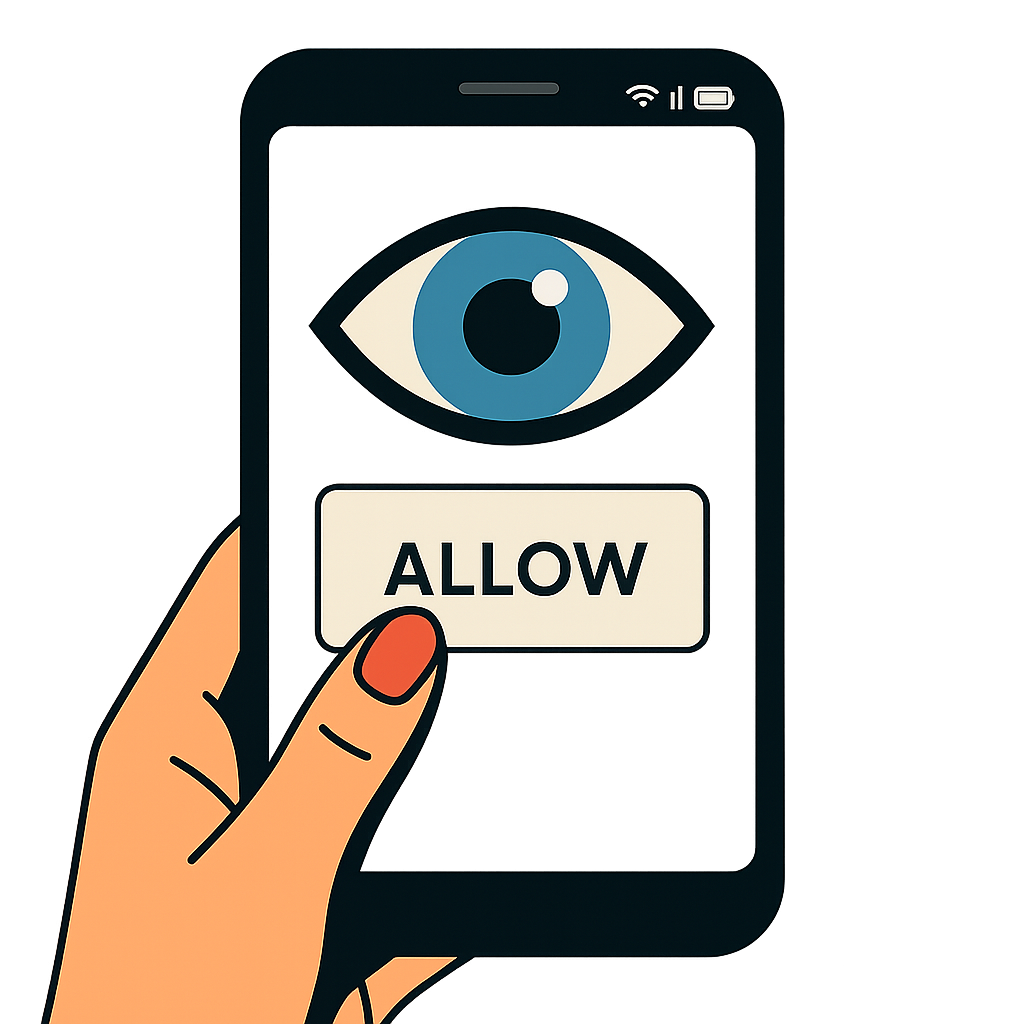YoWAD Tech Blog Page
By Tracey Williams | YoWAD Tech
One Wrong Letter, how typosquatting can trick even the smartest internet users.
It was late, and Aubrey just wanted to pay his credit card bill, so he typed what he thought was his bank’s website but was one letter off. The page looked identical with the same colors, and even the same “secure” padlock symbol. So, he entered his username and password, hit login… in seconds, his credentials were in a hacker’s hands.
This is called typosquatting. The art of deception built on human error. Cybercriminals can register fake domains that look almost identical to real ones, for example:
1) Gooogle.com instead of google.com
2) faceb00k.com instead of facebook.com
3) www.welsfargo.com instead of www.wellsfargo.com
4) or even www.chasee.com instead of www.chase.com
These traps prey on small mistakes like a missed dot, a swapped letter, or a wrong key that can turn one typo into a full-scale data breach.
To protect yourself you must always:
1) Double-check URLs before entering your personal information.
2) Get used to using bookmarks for trusted sites.
3) Always be skeptical of look-alike domains and images.
For companies, the threat is even bigger. To protect your company you should be monitoring and legally take down typosquatted domains if seen. If left unchecked, these fake domains can:
1) Trick customers into giving away sensitive information.
2) Spread malware under your trusted brand’s name.
3) Or even damage your company’s reputation.
Companies can use domain monitoring tools or cybersecurity services that can continuously scan the internet for domains similar to their official website. These tools work by comparing look-alike domains and can alert your company if a suspicious domain appears, especially if it is being used for phishing or malware distribution.
Once a typosquatted domain is found, you can request its removal using legal or regulatory channels such as:
4) Contacting the domain registrar or hosting and report abuse or trademark infringement.
5) File a complaint through the Uniform Domain-Name-Resolution Policy (UDRP), a process managed by ICANN (the International Corporation for Assigned Names and Numbers).
6) If the fake domain uses your company’s name or logo, it is violating trademark law, and your legal team can demand its suspension or transfer.
In cybersecurity, one wrong letter can spell big disaster.
Short Quiz
1) True or False: Phishing is a subset of social engineering tactics.
Phishing is indeed a subset of social engineering. It uses deceptive messages, usually emails, texts, or fake website, to trick individuals into revealing sensitive information like passwords, credit card numbers, or login credentials.
Answer = True
YoWAD Tech Blog









